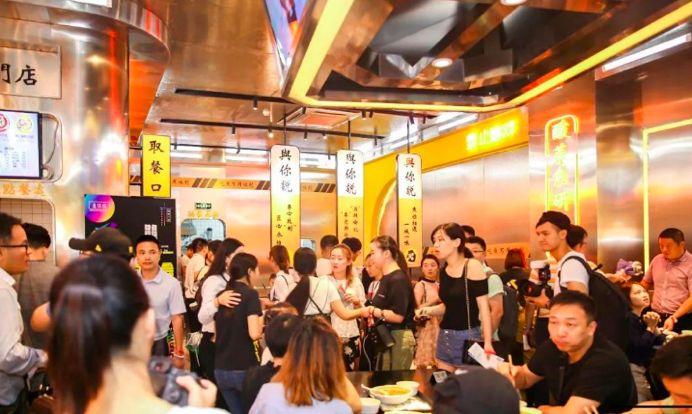
导语:学生餐厅家具。吧台旁边的半包间,用丝网隔开,丝网的绣花和手绘黑白笔勾勒出的竹影交织在一起,让人有种东方诗画的感觉。
今天,餐厅家具将带您了解。位于伦敦Trinity Square四季酒店内的Mei Ume餐厅,位于1920年代的贸易港口区。它最初是伦敦港务局的总部所在地,该机构曾在前英国和东方国家进行茶叶、丝绸和陶瓷等商品的贸易。设计师利用这一贸易历史背景,创造了一个融合东西方文化的餐厅,同时最大限度地保留了历史的痕迹。

在修缮过程中,保留了1922年伦敦港务局总部大楼的所有柱子,设计师沿着建筑原貌的线条设置金属托架,既保留了原有的历史味道,又增强了功能性,尤其是照明安装提供了额外的支撑。餐厅名为“梅乌姆”,来源于中日两国的“樱花”。

จากทางเข้าสู่ Mei Ume, ความสนใจของผู้คนจะตัดสินใจไปที่หน้าต่างที่วาดด้วยน้ำเงินทองคำ เสาหน้าต่างแบบจีนถูกแขวนอยู่ตรงกลางสองคอร์นิช ผสมผสานระหว่างโลกแห่งญี่ปุ่นกับโลกแห่งตะวันตก หัวข้อที่ชัดเจนแสดงถึงลักษณะพิเศษของพื้นที่นี้และนำผู้คนเข้าสู่ประวัติศาสตร์ที่มีวัฒนธรรมอุดมสมบูรณ์
Student Restaurant Furniture - Theme The main hall is the theme of the bright red tones that symbolize joy and joy in Chinese culture. The most striking decoration is a set of gold-plated triptych that is adorned with red lacquer frames at both ends, which complements Chinese culture and fashion. The wind direction remains tacit. On the left side of the Mei Ume restaurant is a complex bar and private dining room. The ebony wood and white marble grille floors simply divide the bar, the exchange area and the dining area. The bar is based on a Chinese-style pavilion, with lanterns painted in glass and black metal. The semi-private dining space next to the bar is separated by a silk screen. The embroidery on the silk and the hand-painted black and white pen and ink are intertwined into a light bamboo forest, which makes people feel like poetry and painting in the oriental sense.

学生餐厅家具-从吧台右侧进入,人们通过一个中间走道进入用餐区。这里首先映入眼帘的是代表中国文化“吉利”概念的红色细节装饰。为了避免在历史建筑中使用过于现代化的投影仪,设计师定制了与历史外观相配的照明设备,并呼应了用餐区的丰满红色椅子和沙发。用餐时,人们可以透过窗户欣赏酒店庭院,欣赏这座英国二级保护建筑的传统英式风貌。

